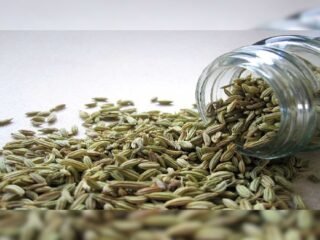Women may experience white discharge frequently, which may or may not be a sign of a STI (sexually transmitted infection). Maintaining sexual health requires knowledge of the symptoms and indicators of white discharge as well as how it is connected to STIs.
Here is what you need to know:
- Normal Vaginal discharge: Vaginal discharge is an ordinary phenomenon for women that helps in maintaining a clean, moist vagina. Normal discharge can vary in consistency throughout the menstrual cycle and is typically clear or white in colour, odourless or moderately stinky.
- Abnormal Discharge: Variations in the vaginal discharge’s colour, consistency, or odour could point to an underlying problem, including an infection. An infection may be indicated by bulky, thick, cottage cheese-like white discharge that also causes discomfort or irritation in the vaginal region.
- Common Causes of White Discharge: Though bacterial vaginosis, yeast infections, hormone fluctuations, and other variables can all contribute to white discharge, it can also be linked to certain STIs like:
Yeast Infection (Candidiasis): Candida yeast overgrowth is the common cause of Yeast Infections (Candidiasis). Common signs and symptoms include itching and discomfort, as well as a white, cottage cheese-like discharge.
Bacterial Vaginosis (BV): This condition, which is identified by a thin, white, or gray discharge with a strong, fishy stench, can be caused by an imbalance of bacteria in the vagina.
Trichomoniasis: This STI is caused by a parasite and can cause burning, itching, and inflammation of the vaginal area in addition to frothy, white, or yellow-green discharge.
- Other Sexually Transmitted Infections: Although chlamydia and gonorrhoea are not commonly linked to white discharge, they can cause other symptoms such as painful urination, irregular vaginal bleeding, and pelvic pain.
- Receiving Medical Help: It is important to get medical help immediately if you have unusual white discharge or other related symptoms. A doctor or other health care provider might perform tests to identify the underlying reason and suggest the best course of action, which may involve antibiotics, antifungal drugs, or other prescriptions based on the results of the examination.
- Prevention: Using condoms appropriately and consistently is just one way to practice safe sex and lower your risk of contracting STIs. Infections can also be avoided and vaginal health preserved by practicing proper genital cleanliness and refraining from douching.
In overall, being aware of the warning signs and symptoms of white discharge and its possible link to sexually transmitted infections can enable people to take preventative measures to safeguard their sexual health and, when necessary, seek immediate medical care.







